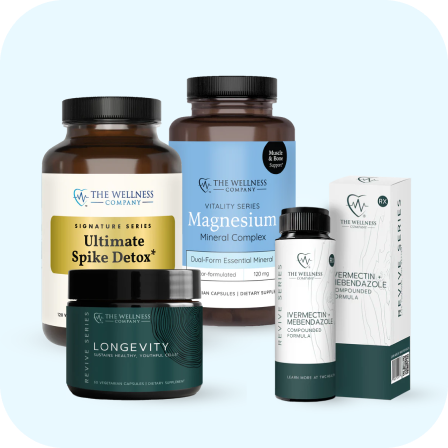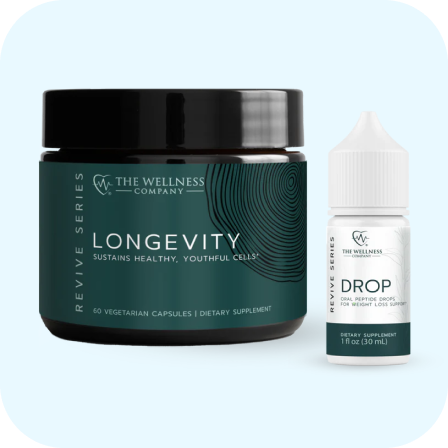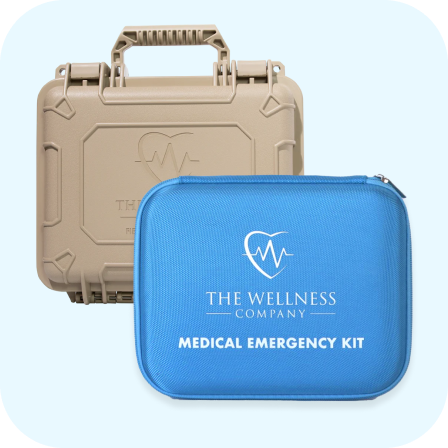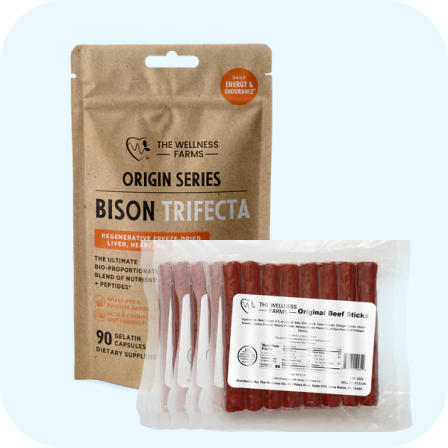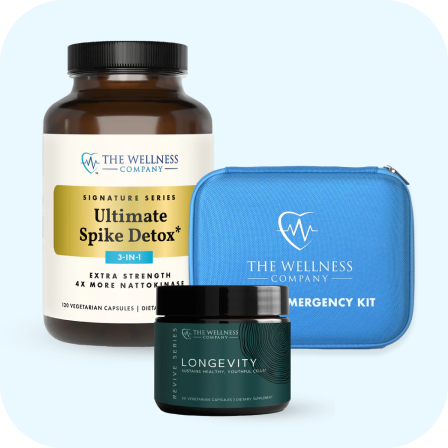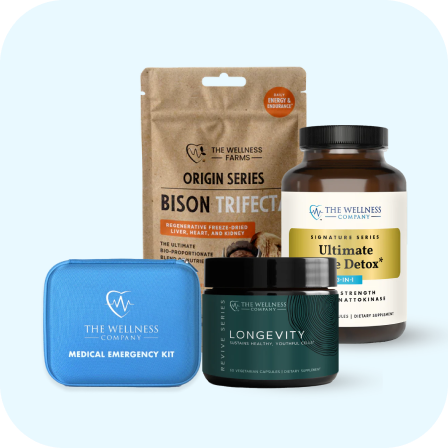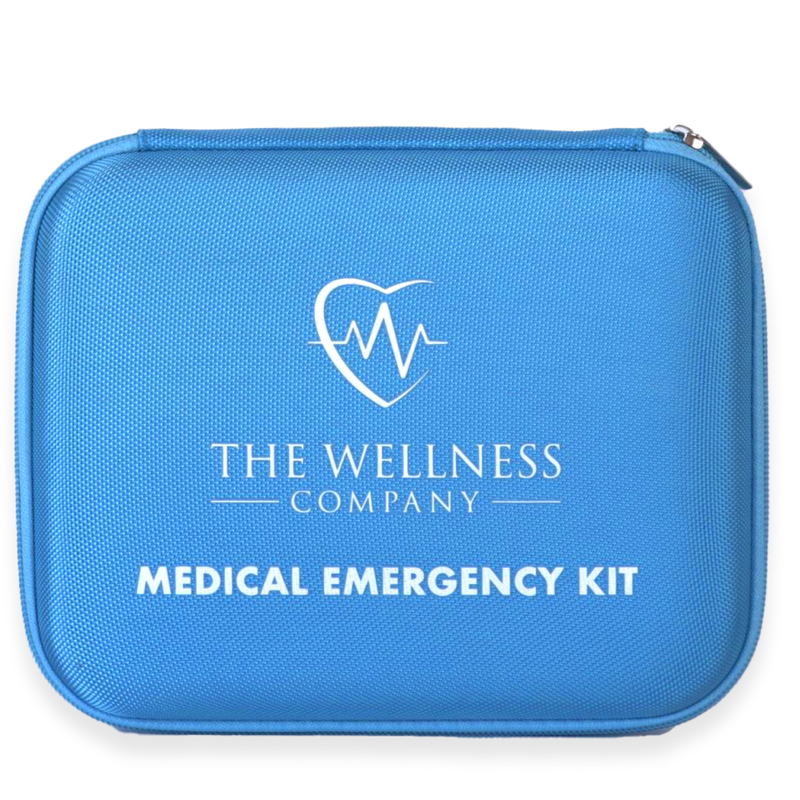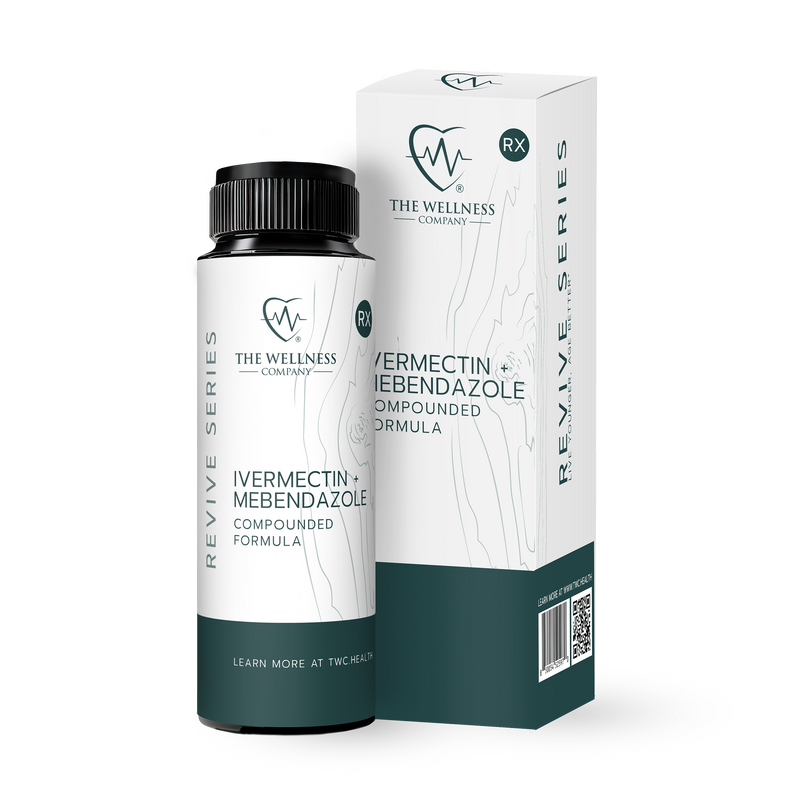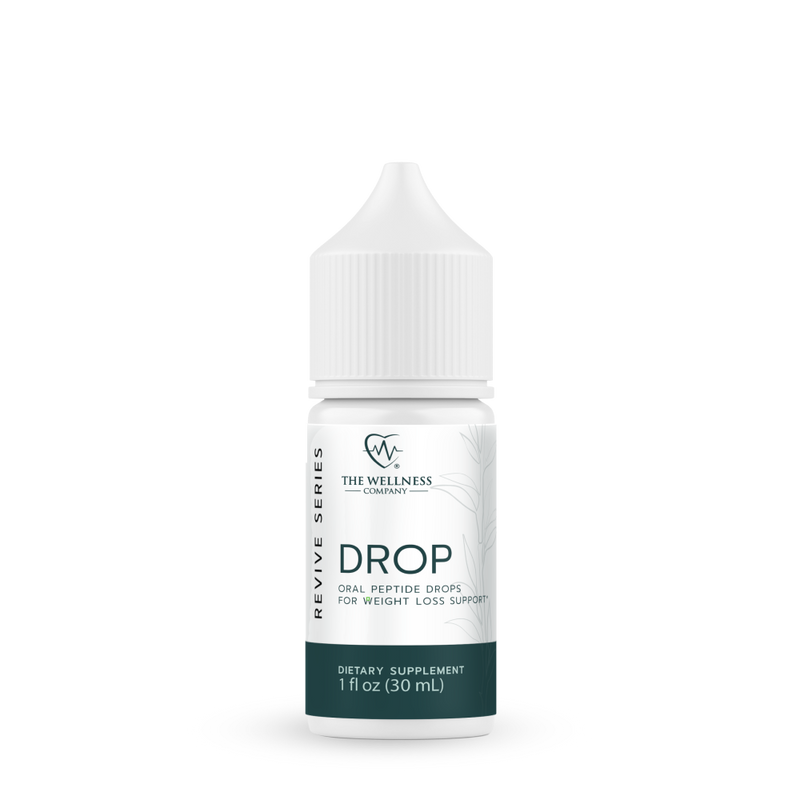Science-Based Strategies for Stroke Prevention
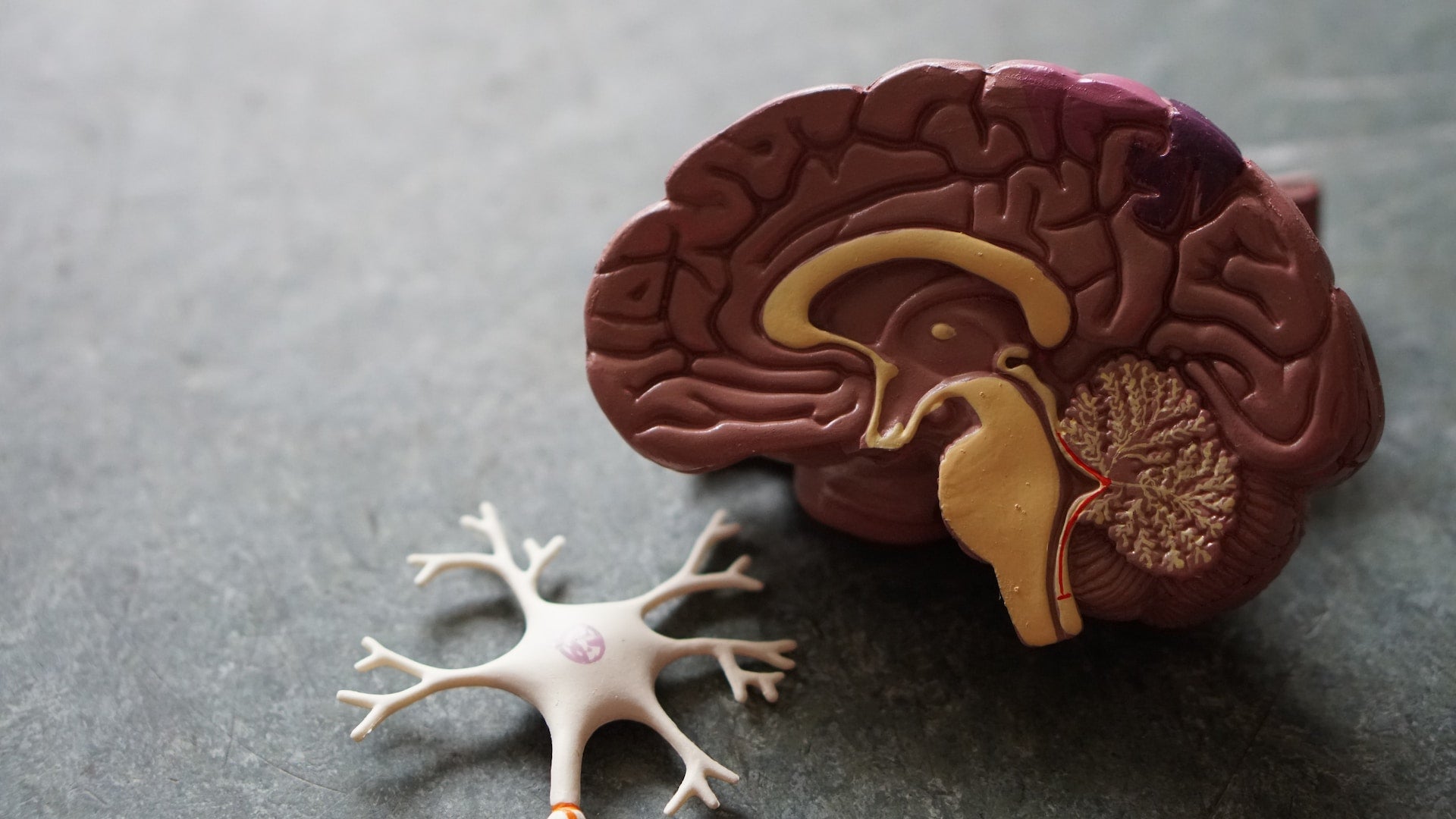
Every 40 seconds, someone in the United States suffers a stroke. Annually, this adds up to nearly 800,000 people nationwide. Estimates show that from 2018 to 2019, stroke-related medical costs in America amounted to 56.5 billion dollars.
No matter where you look or how you parse the data, it’s clear that stroke is a leading cause of death and disability worldwide. The good news, however, is that according to the research, almost 80% of strokes can be prevented through awareness, risk factor management, and lifestyle changes.
Here are five quick-fire facts to empower you to take charge of your brain health and reduce your risk of stroke.
#1: Act FAST
Before we discuss prevention strategies and tactics, it’s important to note that when a stroke does occur, every minute matters. Rapid response is crucial to limiting the extent of brain damage. Familiarize yourself with the FAST acronym: Facial drooping, Arm weakness, Speech difficulty, Time to call emergency services. By recognizing these signs in yourself or others, you'll know to seek immediate medical attention and potentially lessen the degree of damage.
#2: Optimize Blood Pressure
Uncontrolled high blood pressure is a leading risk factor for stroke. When the pressure within our blood vessels is too high for too long, they can get physically damaged, and become less elastic. This can lead to blockages, the formation of clots, or even ruptures within the vessels. If this occurs in a blood vessel leading to the brain, it can disrupt the supply of oxygen and nutrients, causing neurons to die, and areas of the brain to stop working, leading to the symptoms we all know as a stroke.
No matter your age or health, it’s never too early to be monitoring your blood pressure and doing your best to manage it. In the words of President John F. Kennedy “the time to repair the roof is when the sun is shining.” Optimizing blood pressure is the strategy upon which all the tactics below are based.
Here’s an article all about blood pressure measurement and management if you’re interested in diving deeper into the topic.
#3: Get Moving
Exercise is an essential pillar of stroke prevention. Regular physical activity can help lower blood pressure, improve cholesterol and blood sugar levels, and help you maintain a healthy weight. All these factors significantly reduce the risk of stroke.
When it comes to exercising for the heart, a combination of easy, slow activity, and hard, vigorous exercise is best. This could include activities like walking, cycling, swimming, dancing, or any other sport. The key thing is to find an activity you enjoy that gets your heart pumping, which you can incorporate into your routine consistently.
For more details on the science of cardiovascular exercise, check out this article. For a tactical overview of how to integrate cardio into your life, check out this article all about zone 2 training.
#4: Cultivate Calm
Chronic stress can contribute to high blood pressure and other risk factors for stroke. While a bit of short-term stress isn’t a big deal, chronically being in a state of “fight-or-flight" can lead to persistent high blood pressure, which – as we’ve already discussed – is a significant risk factor for stroke.
Effective stress management isn’t as simple as doing some deep breathing exercises (though those can help). It requires a comprehensive analysis of our whole life, from the boundaries we place on our time, to our sleep hygiene, to our relationship with screens.
If you think this is something you need to work on, check out this four-step stress management guide for some ideas. And of course, never feel ashamed to seek help from a friend, family member, therapist or counsellor, if you’re struggling to figure out where to start.
#5: Eat Right
A healthy diet is critical for just about every aspect of our wellness, and stroke prevention is no exception. The foods we eat today significantly affect blood pressure, cholesterol levels, inflammation, and body weight in the long run – all of which are risk factors for stroke.
This area is more controversial than exercise, or stress management. Many different experts and doctors have differing opinions on what makes a healthy diet. We can, however, say a few things with confidence. A calorie-controlled diet, rich in real foods, fiber, and healthy fats can go a long way in supporting your heart health. Not everyone responds similarly to a given diet, and different approaches work for different people, but some combination of macronutrient, time, and caloric restriction is typically an effective approach. If you struggle with eating habits, we recommend working with a professional to dial in the best approach for you.
Related Supplements
What's good for the blood vessels of the heart is good for the blood vessels of the brain. When it comes to blood vessel health, supplementation is another avenue to consider. Dr. Peter McCullough's Healthy Heart & Muscle Formula is an expertly curated supplement containing a blend of ingredients designed to support blood vessel, heart and muscle health. These ingredients work synergistically to enhance muscle performance, exercise endurance, and cardiac function. The formula includes thiamin, riboflavin, vitamin B6, folate, biotin, pantothenic acid, selenium, D-ribose, L-carnitine, and Coenzyme Q10. These ingredients play critical roles in energy metabolism, the production of red blood cells, optimal nervous system functioning, and immune health. They are also potent antioxidants that can protect against the damaging effects of free radicals.
References
[1] Tsao CW, Aday AW, Almarzooq ZI, Beaton AZ, Bittencourt MS, Boehme AK, et al. Heart Disease and Stroke Statistics—2023 Update: A Report From the American Heart Association. Circulation. 2023;147:e93–e621.
[2] Feigin, V. L., Roth, G. A., Naghavi, M., Parmar, P., Krishnamurthi, R., Chugh, S., ... & Stroke Experts Writing Group. (2016). Global burden of stroke and risk factors in 188 countries, during 1990–2013: a systematic analysis for the Global Burden of Disease Study 2013. The Lancet Neurology, 15(9), 913-924.
[3] Hillbom, M., Saloheimo, P., & Juvela, S. (2011). Alcohol consumption, blood pressure, and the risk of stroke. Current hypertension reports, 13, 208-213.
[4] Gerin, W., Zawadzki, M. J., Brosschot, J. F., Thayer, J. F., Christenfeld, N. J., Campbell, T. S., & Smyth, J. M. (2012). Rumination as a mediator of chronic stress effects on hypertension: a causal model. International Journal of Hypertension, 2012.







